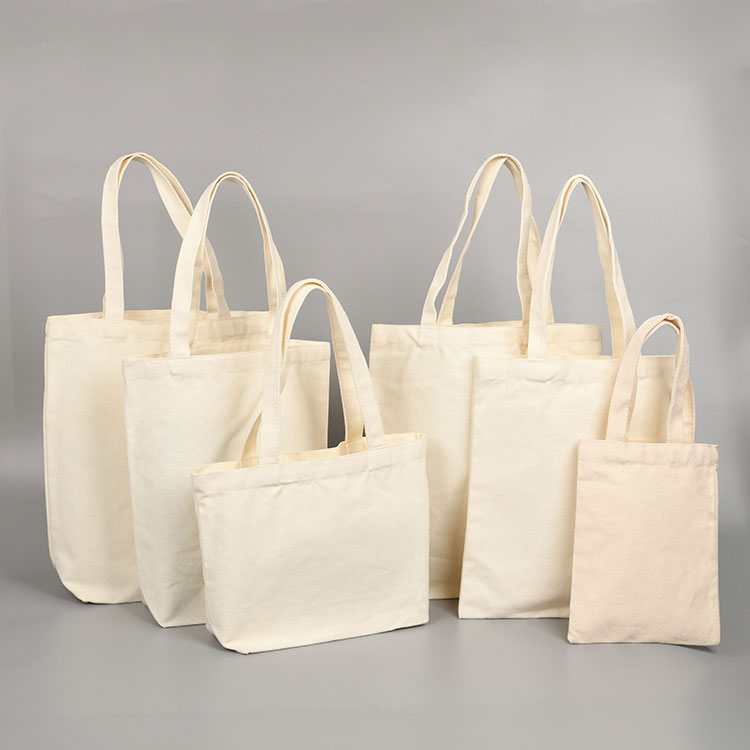Analysis of the production process of cotton tote bags
2024-12-27
Under the current environmental protection trend, cotton tote bags have gradually replaced traditional plastic bags and become the choice of more and more consumers. But do you know what the production process of cotton tote bags is? Wenzhou Xiaqila Packing Co., Ltd. will explain in detail today.

Material selection
The first step in the production of cotton tote bags is to choose the right material. Generally speaking, the raw materials of cotton cloth are mainly pure cotton and mixed cotton. Pure cotton material feels soft and has good breathability, which is very suitable for making environmentally friendly bags, while mixed cotton is relatively economical and practical. Many friends may ask, why choose cotton cloth? In fact, cotton cloth is not only wear-resistant and has a long service life, but can also be used repeatedly, reducing pollution to the environment.
Dyeing and printing
Next, the cotton cloth is processed by dyeing and printing. In this process, the choice of dyes is crucial, and the use of environmentally friendly dyes can ensure the safety of the product during use. Through printing technology, manufacturers can print various patterns and texts on cotton tote bags to meet the personalized needs of consumers. Some people may wonder why printing design is so important? Because an eye-catching design can not only increase the added value of the product, but also enhance the brand recognition.

Cutting process
After dyeing and printing, it enters the cutting stage. The fineness of the cutting process directly affects the appearance and use effect of the cotton tote bag. Generally speaking, the cutting process is divided into manual cutting and mechanical cutting. Although manual cutting takes a lot of time, it can be customized according to the special needs of customers. Mechanical cutting is efficient and precise, and suitable for mass production. Have you ever thought about why the cutting link is so important? Imagine that an unqualified cutting may cause the edge of the bag to open, which affects the user experience.
Sewing process
After cutting, the cotton bag enters the sewing link. The quality of sewing technology directly affects the strength and durability of the cotton tote bag. Commonly used sewing methods include flat sewing, lock edge and hemming. In order to enhance the load-bearing capacity of the bag, manufacturers often reinforce the seams at the mouth and bottom of the bag.

Post-processing and quality inspection
After sewing, cotton tote bags need to be post-processed, including washing, ironing and quality inspection. The washing process can remove the dirt left during the production process, and ironing makes the appearance of the packaging bag smoother. The quality inspection link is the key to ensuring product quality. Manufacturers will conduct random inspections on each batch of cotton tote bags to ensure that there are no quality problems. Think about it, if the cotton bag you bought has quality problems when you use it, it will be so disappointing!
Packaging and transportation
Finally, all cotton tote bags will be neatly packaged and prepared for delivery to customers. Although this link may seem simple, it is the key to ensure the safe delivery of the product. Through reasonable packaging methods, damage during transportation can be prevented.
From material selection to post-quality inspection, every link is crucial to ensure the quality and environmental protection of cotton tote bags. And it is these fine craftsmanship that has created a series of environmentally friendly products that are both beautiful and durable.























